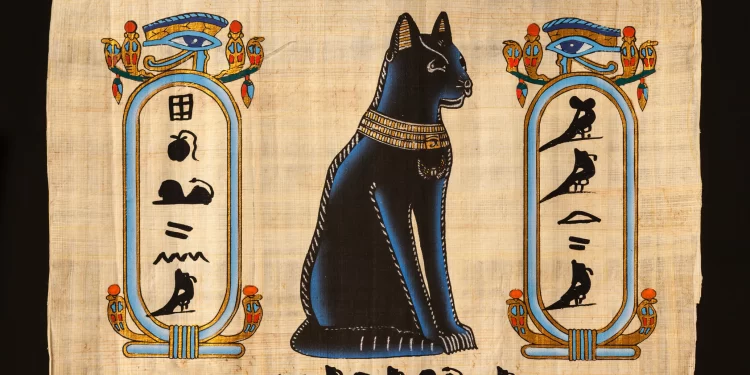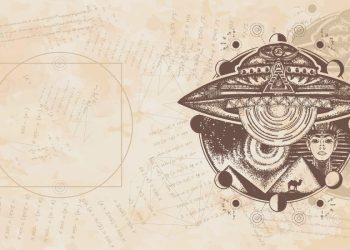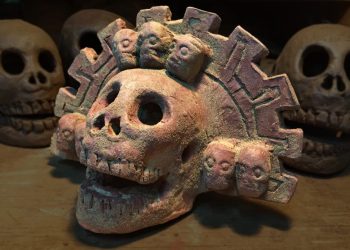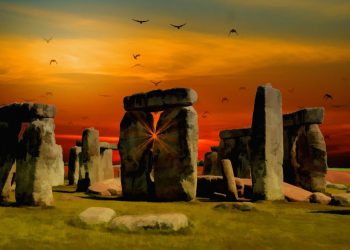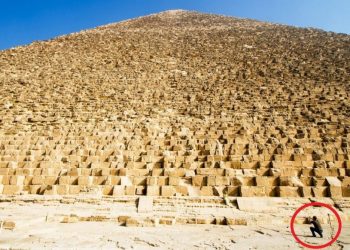When our thoughts turn to ancient Egypt, grand pyramids, powerful pharaohs, and intricate hieroglyphs immediately spring to mind. However, amidst these iconic images lies a captivating and often overlooked aspect of this ancient civilization: its profound reverence and fascination with cats.
With their graceful and mysterious demeanor, cats occupied a unique place in ancient Egyptian society. They were not merely seen as ordinary animals but were elevated to the status of revered beings. The ancient Egyptians held an unwavering belief in the inherent divinity of cats, attributing to them a sacred and mystical nature that transcended the mundane.
Certain goddesses were closely associated with cats within the pantheon of Egyptian deities. One such goddess was Bastet, often depicted with the head of a lioness or as a domestic cat. Bastet embodied qualities such as protection, fertility, and the warmth of home. She was considered the ultimate guardian, warding off evil spirits and ensuring the prosperity and well-being of her devotees.
Cats in Ancient Egypt
The significance of cats extended beyond their divine associations. They were treasured as cherished companions within the homes of ancient Egyptians. These feline creatures brought joy, comfort, and companionship to individuals and families alike. Their presence within the household was believed to bring blessings and a sense of harmony to the inhabitants.
In addition to their roles as divine protectors and beloved companions, cats in ancient Egypt symbolized feline majesty. Their depiction in art, sculpture, and hieroglyphs showcased their regal aura and captured the imagination of the Egyptian people. These representations emphasized the grace, poise, and elegance inherent in these creatures, elevating them to a position of admiration and awe.
The Connection between Cats and Ancient Egyptian Culture
The connection between cats and ancient Egyptian culture extended even to the afterlife. Just as humans were mummified and buried with great care and reverence, so too were cats. Numerous cat mummies have been discovered in the tombs of ancient Egypt, a testament to the Egyptians’ profound respect and love for these animals. The preservation of their feline companions in death highlighted the belief that cats were cherished in life and deserved eternal protection and companionship.
In exploring the captivating world of cats in ancient Egypt, we peel back the layers of history and unravel the profound bond that existed between these enigmatic creatures and the people of this extraordinary civilization. Their roles as divine protectors, beloved companions, and symbols of feline majesty shaped the fabric of ancient Egyptian society, leaving an indelible mark on its culture and art.
Cats as Sacred Beings:
In ancient Egyptian culture, cats held a sacred status. They were revered as divine beings and were associated with several Egyptian goddesses. One such goddess was Bastet, the goddess of home, fertility, and protection. Bastet often took the form of a lioness or a domestic cat and was believed to ward off evil spirits and bring good fortune to households.
Guardians of the Pharaoh:
Cats played a significant role in protecting the pharaoh and the royal family. It was believed that their keen senses and agility made them excellent guardians against malevolent forces. Cats were often kept in palaces and temples, where they acted as sentinels, guarding the sacred spaces and ensuring the safety of those within.
Beloved Companions:
Beyond their divine associations, cats were beloved companions to the ancient Egyptians. They were cherished as pets and treated with the utmost care and respect. Many Egyptians kept cats in their homes, and these feline friends brought their human counterparts joy, warmth, and companionship.
Cat Mummies and Burials:
The ancient Egyptians had a strong belief in the afterlife and conducted elaborate funeral rituals and burials for their deceased loved ones. Cats, too, were not exempt from this practice. Numerous cat mummies have been discovered in tombs, attesting to the reverence and care given to these animals even in death.
Symbolism and Artistic Depictions:
Cats were frequent subjects in ancient Egyptian art. They were depicted in paintings, sculptures, and amulets, symbolizing their protective and divine qualities. These artistic representations served as talismans and were believed to bring good fortune, ward off evil, and ensure the deceased’s safe passage into the afterlife.
Ancient Egyptian Cat Cults and Festivals:
The veneration of cats extended beyond individual households and temples. In some regions of ancient Egypt, entire communities worshiped cats and held festivals in their honor. These celebrations involved feasting, music, and dancing, showcasing the deep-rooted cultural significance of cats in Egyptian society.
Cat Breeding and Trade:
The ancient Egyptians took great interest in cat breeding. They recognized the value of certain cat breeds, such as the Egyptian Mau and the Abyssinian, and selectively bred them to enhance specific traits. Cats were also traded with neighboring civilizations, highlighting the Egyptians’ recognition of their feline companions’ desirability and uniqueness.
Legacy and Modern-Day Influence:
The reverence for cats in ancient Egypt left a lasting legacy. Even today, cats hold a special place in Egyptian culture. Numerous cat-related artifacts and mummies continue to be discovered, offering insights into this ancient civilization’s deep connection with these beloved creatures.
The cats of ancient Egypt were far more than mere pets; they were revered as divine beings, protectors of the pharaoh, and symbols of feline majesty. Their presence in Egyptian society spanned from the sacred to the domestic, from mythological tales to everyday companionship. Through their art, rituals, and cultural practices, the ancient Egyptians celebrated cats’ unique qualities and significance, leaving a rich legacy that continues to intrigue and inspire us today.
Have something to add? Visit Curiosmos on Facebook. Join the discussion in our mobile Telegram group



